 全部商品分类
全部商品分类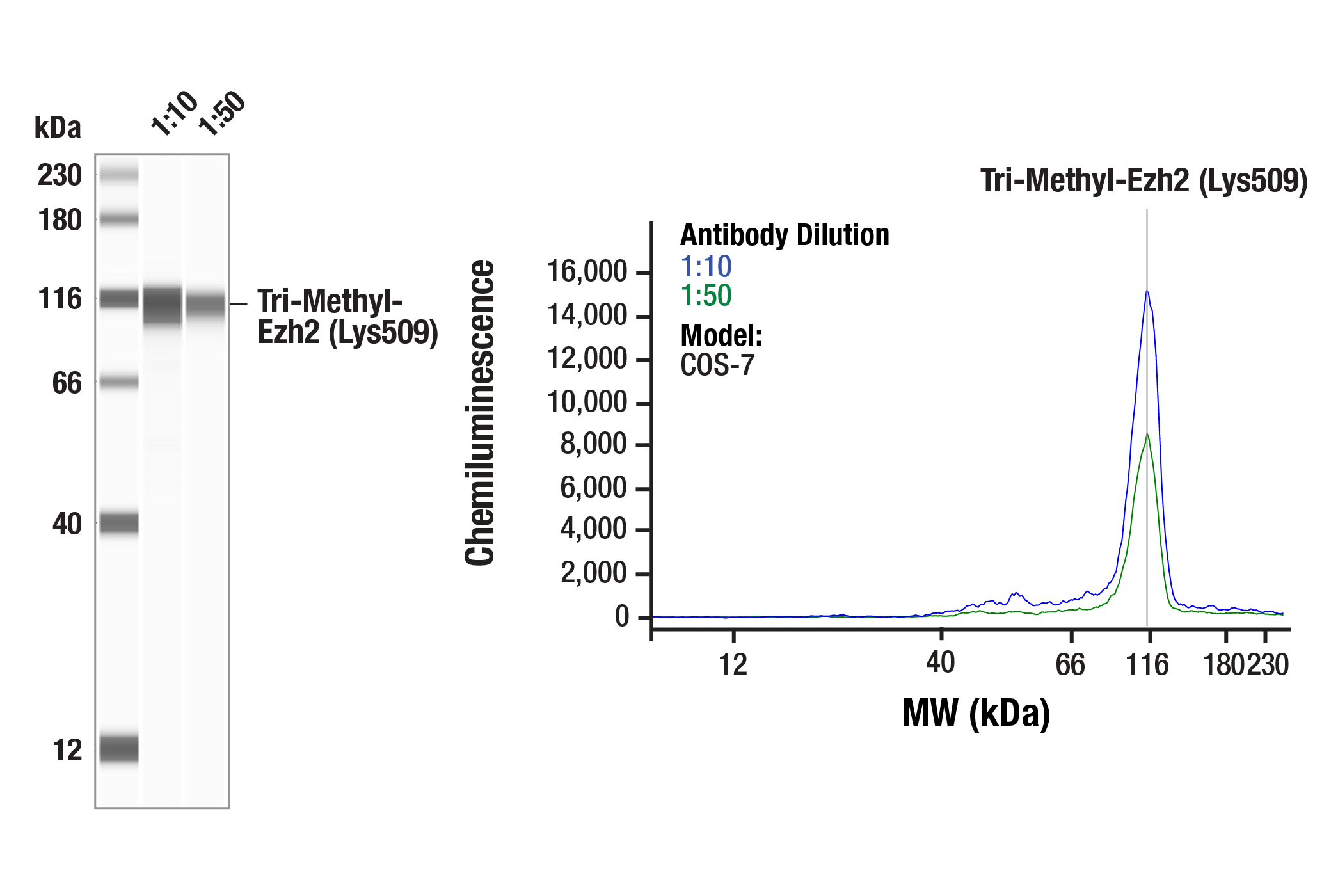


Monoclonal antibody is produced by immunizing animals with a synthetic peptide corresponding to the amino terminus of histone H3 in which Lys36 is di-methylated.


Product Usage Information
This product is the carrier free version of product #2901. All data were generated using the same antibody clone in the standard formulation which contains BSA and glycerol.
This formulation is ideal for use with technologies requiring specialized or custom antibody labeling, including fluorophores, metals, lanthanides, and oligonucleotides. It is not recommended for ChIP, ChIP-seq, CUT&RUN or CUT&Tag assays. If you require a carrier free formulation for chromatin profiling, please contact us. Optimal dilutions/concentrations should be determined by the end user.
BSA and Azide Free antibodies are quality control tested by size exclusion chromatography (SEC) to determine antibody integrity.




Specificity/Sensitivity
Species Reactivity:
Human, Mouse, Rat, Monkey




Store at -20°C. This product will freeze at -20°C so it is recommended to aliquot into single-use vials to avoid multiple freeze/thaw cycles. A slight precipitate may be present and can be dissolved by gently vortexing. This will not interfere with antibody performance.


参考图片
Placeholder image when no image is available online.
Antibody specificity was determined by Western blotting. HeLa and NIH/3T3 cell extracts were probed with Di-Methyl Histone H3 (Lys36) (C75H12) Rabbit mAb alone (Panel A) or Di-Methyl-Histone H3 (Lys36) (C75H12) Rabbit mAb pre-adsorbed with 1.5 μM of various competitor peptides (Panels B-I). As shown, only the di-methyl-histone H3 (Lys36) peptide competed away binding of the antibody. Data were generated using the standard formulation of this product.
Western blot analysis of extracts from various cell lines using Di-Methyl-Histone H3 (Lys36) (C75H12) Rabbit mAb. Data were generated using the standard formulation of this product.
Immunohistochemical analysis of paraffin-embedded human gastric carcinoma using Di-Methyl-Histone H3 (Lys36) (C75H12) Rabbit mAb in the presence of non-methyl peptide (left) or K36 di-methyl peptide (right). Data were generated using the standard formulation of this product.
Confocal immunofluorescent analysis of HeLa cells using Di-Methyl-Histone H3 (Lys36) (C75H12) Rabbit mAb (green). Actin filaments have been labeled with DY-554 phalloidin (red). Data were generated using the standard formulation of this product.
Flow cytometric analysis of HeLa cells using Di-Methyl-Histone H3 (Lys36) (C75H12) XP® Rabbit mAb (blue) compared to concentration-matched Rabbit (DA1E) mAb IgG XP® Isotype Control #3900 (red). Anti-rabbit IgG (H+L), F(ab')2 Fragment (Alexa Fluor® 488 Conjugate) #4412 was used as a secondary antibody. Data were generated using the standard formulation of this product.



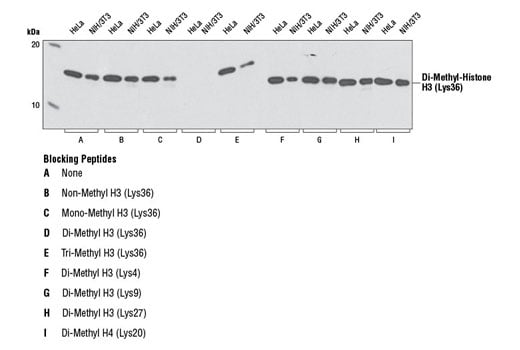
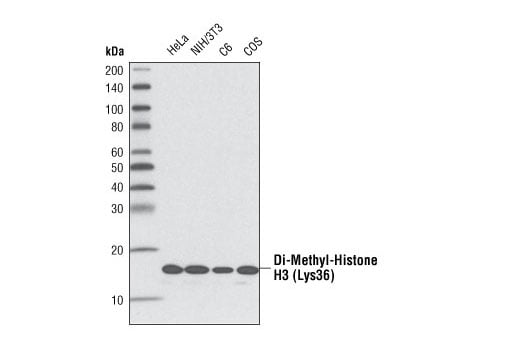
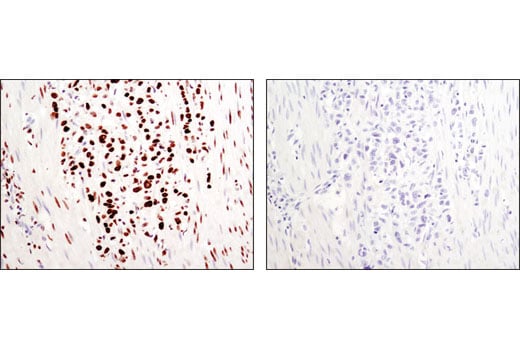
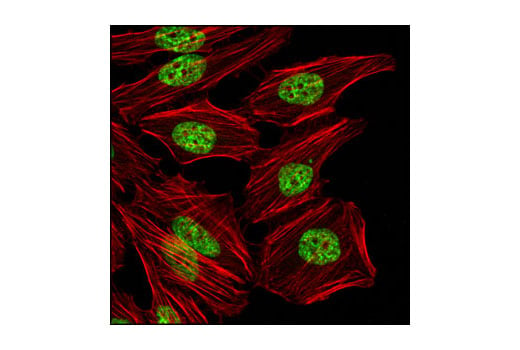
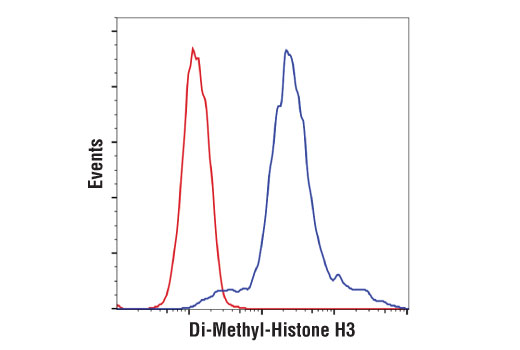



 用小程序,查商品更便捷
用小程序,查商品更便捷




